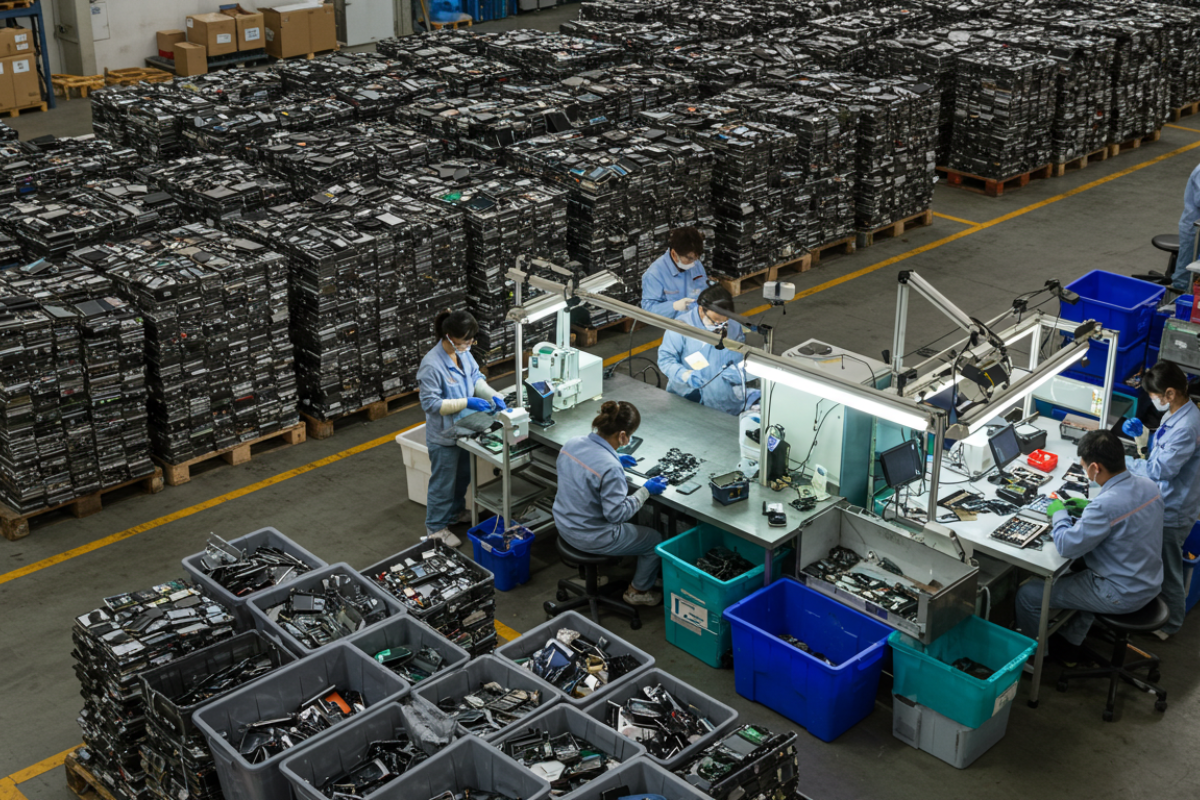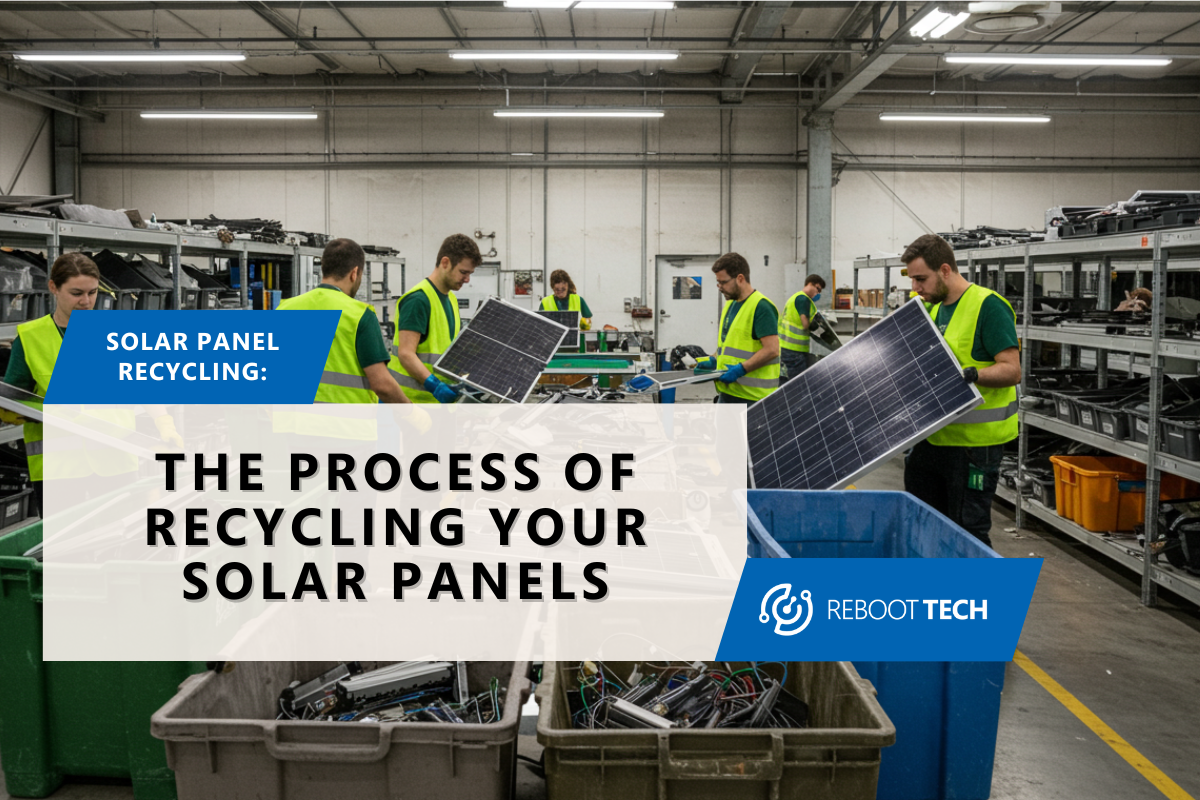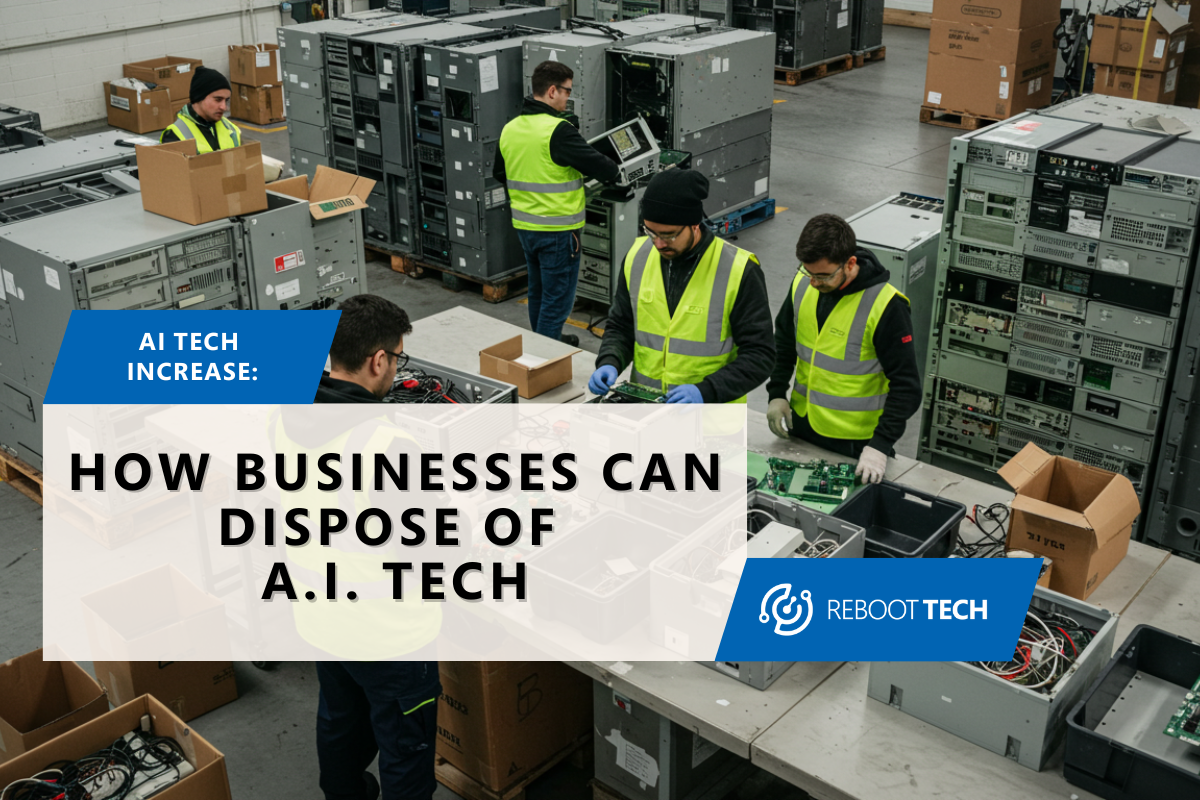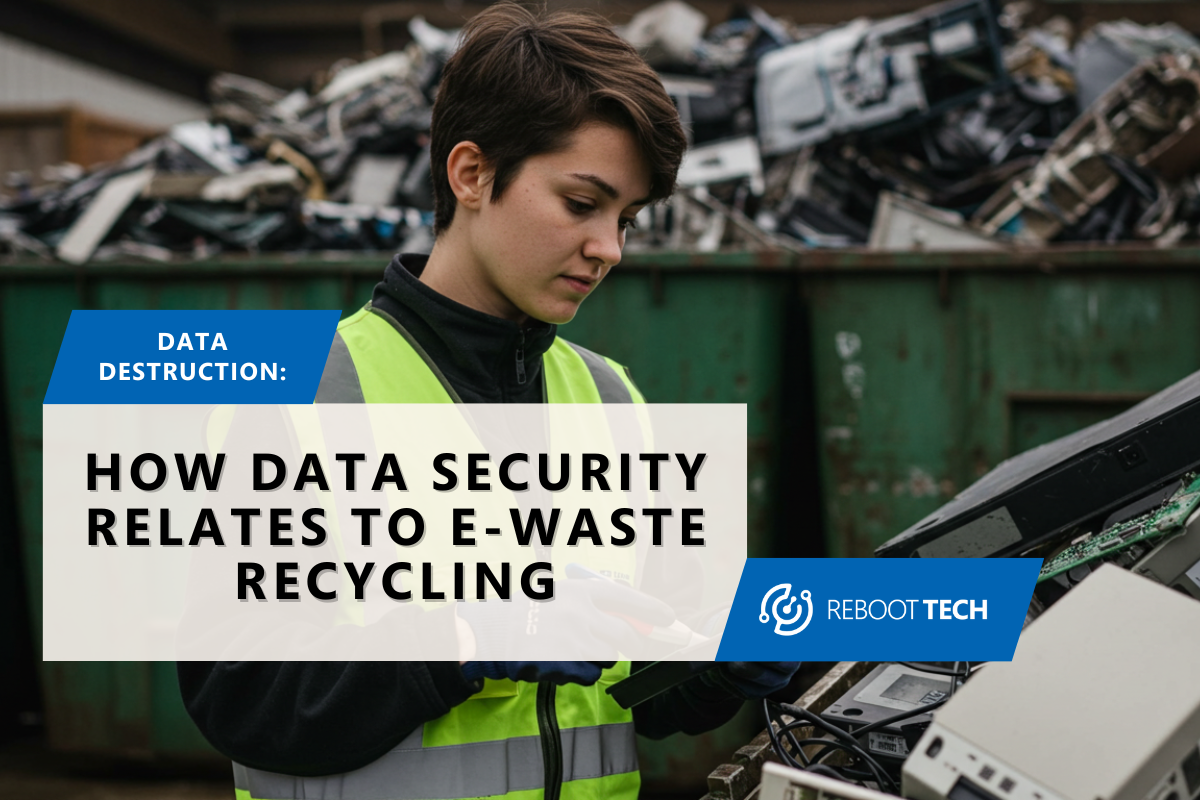
The Process of How To Recycle A Phone
Ever found an old phone in a junk drawer and thought, “What do I do with this?” You’re not alone. Millions of people hang onto outdated smartphones because they’re unsure of the right way to get rid of them—or they just forget. But recycling your phone isn’t just good for clearing clutter; it’s also crucial for the environment.
In this guide, we’ll explain exactly how to recycle a phone the right way. We’ll explore why phone recycling matters, how smartphone production is contributing to global waste, and what really happens after you drop off your device. You’ll also learn how to find a trusted e-waste recycling center and what small steps you can take to make a big difference.
The Increase in Smartphone Production
Smartphones aren’t slowing down. According to IDC, worldwide smartphone shipments increased by 1.4% year-over-year in the fourth quarter of 2024, reaching 328.5 million units. That’s a lot of new phones hitting pockets and store shelves.
For the full year of 2024, shipments grew by 6.1%, reflecting a global surge in demand for newer models with faster chips, better cameras, and longer battery life. While that’s great for innovation, it also means more phones are being retired—some of them still fully functional.
This rise in production isn’t necessarily a bad thing. But the materials used to make smartphones—like lithium, cobalt, and rare earth metals—are mined from the Earth and aren’t always recycled from older devices. Without proper recycling, we’re wasting valuable resources and adding to the growing e-waste problem.
Why Smartphones Need to Be Recycled
Electronics recycling, particularly cell phone recycling, can be tricky. Smartphones aren’t just glass and metal—they’re small powerhouses filled with valuable and hazardous materials. Inside every phone are components that can either be reused or, if mishandled, leak toxic substances into the environment.
Batteries, for example, contain lithium and cobalt, which can be hazardous if they break down in a landfill. Circuit boards include trace amounts of gold, silver, and palladium—all of which can be recovered through proper recycling processes.
Besides environmental concerns, recycling phones also supports resource conservation. It reduces the need for mining new materials, which not only depletes natural resources but also comes with a heavy carbon footprint.

Recycling helps reduce pollution, conserves energy, and supports a circular economy where electronics can be reused or repurposed. Every phone you recycle is a step toward more sustainable technology.
The Increase in E-Waste
Electronic waste, or e-waste, is the fastest-growing waste stream in the world. And smartphones are a big contributor.
As people upgrade more frequently—often every 2 to 3 years—phones pile up in landfills or end up sitting unused in homes. In 2024 alone, millions of phones were thrown away instead of being recycled.
This e-waste doesn’t just disappear. It lingers, releasing harmful chemicals into the soil and water. And the more we toss, the harder it becomes to manage the growing environmental consequences.
Smartphone Recycling and Trade-Ins
The good news? Recycling your phone is easier than ever. Many major retailers and manufacturers now offer smartphone recycling and trade-in programs.
Apple, Samsung, Best Buy, and even some cell service providers will gladly take your old phone. In many cases, you’ll receive a discount on your next purchase or store credit. It’s a win-win—you help the planet and your wallet.
Some people hesitate to recycle their phones because they’re worried about data and photos not transferring. But most stores offer in-store or cloud-based transfer tools to help you carry over everything safely and securely.
So if you’re getting a new phone, ask about a recycling or trade-in option. Don’t let your old device sit in a drawer gathering dust.
Finding E-Waste Recycling Centers
If you don’t want to go through a store, you can still recycle your phone locally. Search online for “e-waste recycling near me” or check your city or county website for electronics drop-off events.

If you’re in California, CalRecycle offers a full directory of approved e-waste collection facilities. These centers make sure your phone is handled properly and in accordance with state and federal regulations.
Always make sure the center you choose is certified by recognized standards like R2 (Responsible Recycling) or e-Stewards. These certifications guarantee your phone will be recycled in a safe and ethical way.
What Happens After I Drop Off My Phone?
Once you’ve handed over your phone, it goes through a multi-step recycling process. First, technicians perform data wiping or physical data destruction to ensure none of your personal information can be retrieved.
If your phone is still in good condition, it might be refurbished and resold at a discounted price. This gives others access to affordable tech and helps extend the life of the device.
If the phone is too damaged to reuse, it will be dismantled. Parts like the battery, screen, circuit board, and casing are sorted and either recycled or safely disposed of.
In either case, your phone is kept out of the landfill, and its materials are given a new life in other electronic products.
Giving Your Phone a Second Life
Recycling your smartphone isn’t just about tossing it in a bin and forgetting about it. It’s about being mindful of the resources, energy, and environmental impact behind every device we use.
Whether your phone gets refurbished for someone else or dismantled to recover precious materials, you’ve made a meaningful choice. By taking that simple step, you’ve helped reduce e-waste, save resources, and support a cleaner future.
So next time you upgrade, don’t throw your old phone in a drawer—recycle it. Your planet (and your future) will thank you.





